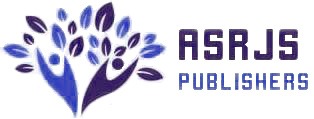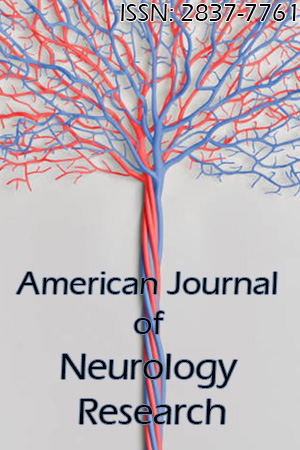Cerebral Palsy Treated with QIAPI 1®, Case Report
Arturo Solís Herrera, María del Carmen Arias Esparza, Ruth Isabel Solís Arias
Cerebral palsy, which occurs in two to three out of 1,000 live births, has multiple etiologies resulting in brain injury like diffuse axonal damage, that affects movement, posture, and balance unpredictably. The movement disorders associated with cerebral palsy are categorized as spasticity, dyskinesia, ataxia, or mixed/other. Spasticity is the most common movement disorder, occurring in 80% of children with cerebral palsy. Movement disorders of cerebral palsy can result in secondary problems, including hip pain or dislocation, balance problems, hand dysfunction, and equinous deformity. Diagnosis of cerebral palsy is primarily clinical, but magnetic resonance imaging can be helpful to confirm brain injury if there is no clear cause for the patient’s symptoms. Treatments for the movement disorders associated with cerebral palsy include intramuscular Botox (onabotulinumtoxin A), systemic and intrathecal muscle relaxants, selective dorsal rhizotomy, and physical and occupational therapies. Patients with cerebral palsy often also experience problems unrelated to movement that need to be managed into adulthood, including cognitive dysfunction, seizures, pressure ulcers, osteoporosis, behavioral or emotional problems, and speech and hearing impairment. (Am Fam Physician. 2020;101(4):213–220. Copyright © 2020 American Academy of Family Physicians.)
The relatively recent observation that human beings generate their own oxygen, from the dissociation of water, like plants, means a before and after in a problem that has so far been very complex to understand and treat. The generation of oxygen, at the intracellular level, is an amazingly accurate process, which, when disturbed by the contamination of water, air, and food, results in imbalances that affect the normal development and functioning of the human body.

